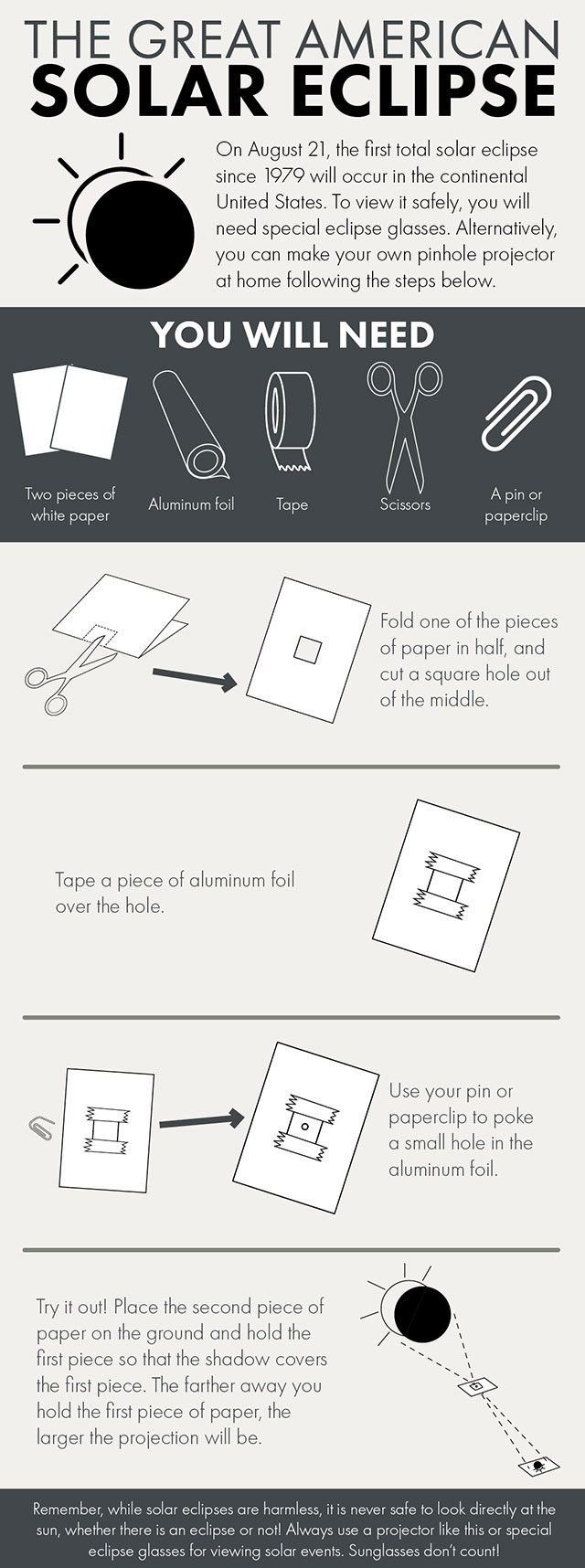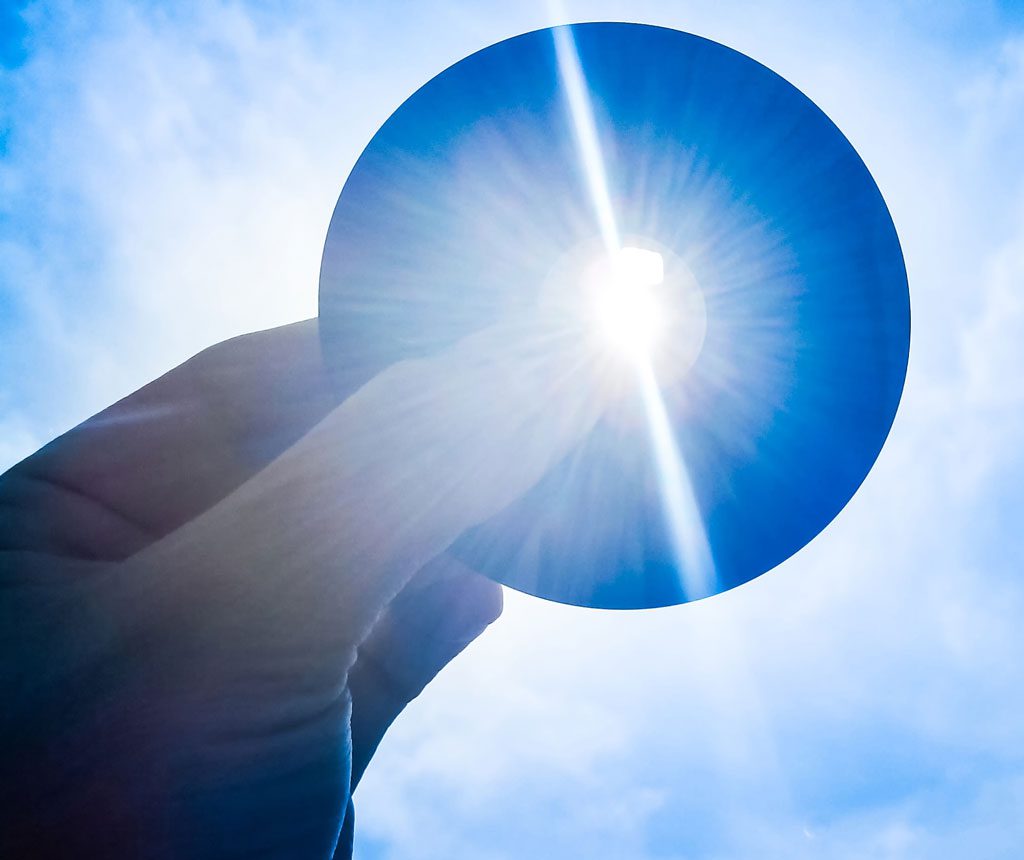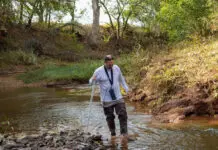[ujicountdown id=”Red Letter” expire=”2017/08/21 18:07″ hide=”true” url=”” subscr=”Eclipse Countdown ” recurring=”” rectype=”second” repeats=””]

Though we may be fortunate enough to gaze upon the beauty of the moon nearly every night, there are moments in history when the sky takes on a new life. These flashes in time are known as eclipses.
While partial solar eclipses happen roughly two to five times a year, we are lucky enough to experience the magic of a total solar eclipse in August. This occurrence has not happened in the continental United States since February 1979. On August 21, an astrological event that many have dubbed “The Great American Solar Eclipse” will occur. For a few brief moments, the disk of the moon will completely cover the disk of the sun; during this transitory period, the moon will become cloaked in a vibrant crimson hue.
Eclipse Tip: Although eclipse glasses, which can be found online and in stores like Walmart, are fairly inexpensive and the best way to view the event, a creative way to enjoy it is to make a pinhole projector. A pinhole projector can be constructed at home and requires only a few very basic materials: two sheets of paper and a pin or thumbtack. Start the project by taking a sheet of paper and punching a tiny hole in the center of the page with a thumbtack or pin. Then hold the paper up to the sun and let the sunlight come through the hole. Position the first sheet of paper over the second untouched sheet, with the sunlight shining through the hole and shining onto the second piece of paper. As the eclipse approaches you will be able to see an inverted silhouette of the moon crossing over the light of the sun.
The total solar eclipse will darken skies all the way from Oregon to South Carolina along a stretch of land about 2,500 miles long and 70 miles wide, making this the first eclipse in nearly 100 years to traverse the entirety of the continental United States. While Oklahoma is not in the direct path of the eclipse, we will still catch a glimpse of this astronomical event.
“The state of Oklahoma will experience approximately 87 percent obscuration at approximately 1:07 p.m. on August 21st,” says Lindsey Thomas, communications director for the Oklahoma Science Museum. Residents of Oklahoma can expect to see a change in visibility and light, as well as a sudden decrease in temperature.
While it is possible to enjoy the magic from your own backyard, the Oklahoma Science Museum also offers a few tips for safe eclipse viewing. It is highly recommended that you view the eclipse through a lens that protects the eyes from infrared and ultraviolet rays, as it is just as damaging to the eyes as the sun is on a normal day. The museum recommends that you pick up a pair of eclipse glasses if you plan on viewing the event.
The Great American Solar Eclipse is an anomaly that is too stellar to be overlooked and is, in every sense of the word, out of this world.



























